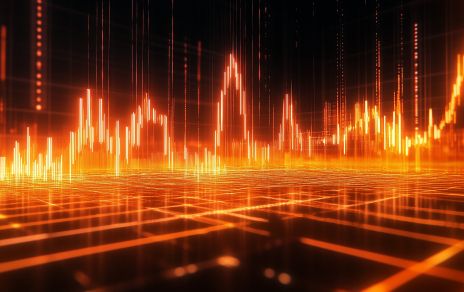Last week, the S&P 500, Nasdaq, and Dow Jones index all started in the red but ended on a high note. The question is: Why the rebound, especially when there was no clearly positive news on one of the market's main concerns: the trade war? The answer partially lies in Trump's change of tone.
Specifically, the US president said that tariffs on China would not be as high as the 145% figure circulating. He said they would be "significantly reduced," though not eliminated entirely. This was followed by a WSJ article titled "White House considers cutting China tariffs to de-escalate trade war."
Although Treasury Secretary Bessent later clarified that Trump had not made a formal offer to lower tariffs and warned that a full trade deal with China could still take two to three years, the wave of optimism carried through to the end of the week. But markets were not only buoyed by the trade news.
Another key factor was Trump backtracking on his public criticism of Federal Reserve Chairman Jerome Powell and his demands for an interest rate cut. That shift seemed to coincide with rising Treasury yields and a sharp drop in the dollar. But why are investors so concerned about Trump's attacks on Powell?
It is simple: like any central bank, the Fed must act independently. When this principle is questioned, it raises doubts about the soundness of economic policy. In this regard, it is worth remembering that the Fed's fundamental mandate is to keep inflation under control and ensure maximum employment.
Suppose its decisions start to reflect the President's political interests, for example, by lowering rates to give a short-term boost to the economy and win votes, which undermines credibility. First, it can devalue the dollar, something we can already see by the plummeting DXY (no wonder, USD/JPY fell), and trigger inflation.
A perfect example of what would happen if the central bank loses its independence is Turkey. When inflation started to rise in 2021, the Turkish central bank - unlike its global counterparts - actually cut interest rates from 19% to 8.5%. The result? A plunge in the lira and inflation of 84% in August 2022.
The U.S. has seen something similar before. During Nixon's re-election campaign, he pressured the Fed to lower interest rates to stimulate the economy. Fed Chair Arthur Burns gave in — and while the economy did temporarily boom, it later paid the price in the form of soaring inflation.
When prices start rising rapidly, people expect continued inflation. That mindset drives businesses and consumers to borrow more, spend faster, and stockpile goods, fueling the fire even further. While GDP might look good on paper, people don't become wealthier in the end as they lose purchasing power.

